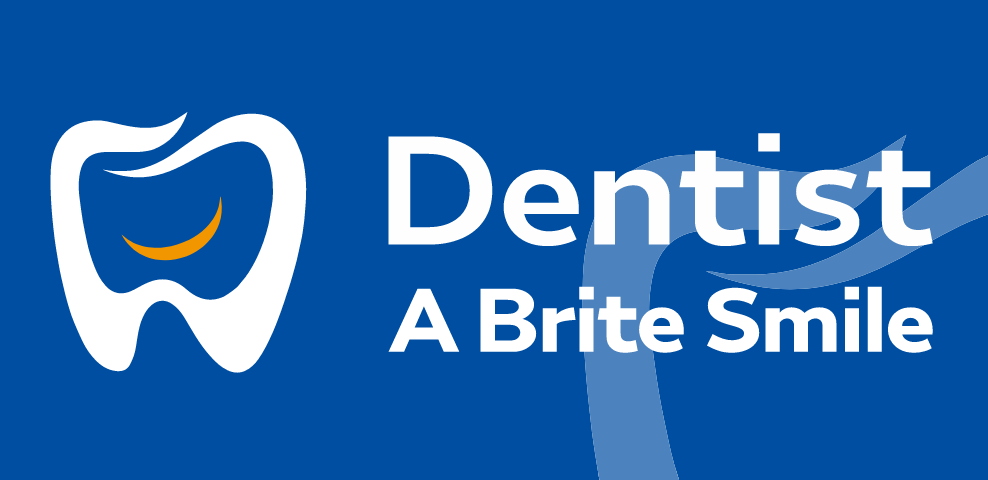Conditions
Any Questions
03 9874 0000
Overview
Dental caries
Dental caries is the most common disease or disorder occurring in the oral cavity. The microorganisms along with the food particles present in the mouth leads to dental caries. It is also known as “Tooth Decay” or “Cavities”. This disease can lead to pain, infection, and even tooth loss.
Bruxism
Bruxism refers to an oral parafunctional activity which occurs in most humans at some point in their lives. The grinding of the teeth and the clenching of the jaw are the two main characteristics of this condition, which can occur either during the day or at night.Bruxism is one of the most commonly known sleep disorders and causes most of its damage during sleeping hours.
Gum Recession
Gum recession is a commonly occurring dental problem in which the edge of your gum tissue around the teeth tends to pull back towards the root of the teeth. Receding gums makes it easier for the bacteria to multiply in the formed gaps between the teeth and the gum line. Gum recession may damage the surrounding tissues and bony tooth structures thereby resulting in tooth loss if not treated timely.
Periodontal Disease
Periodontal disease, also called gum disease, is a bacterial infection that can destroy the soft tissues and bone that support the teeth.Gingivitis is the early stage of periodontal disease that affects only the gum tissue. Gingiva, commonly referred to as gums, is the soft pink tissue at the floor of the oral cavity (mouth) that covers the roots of the teeth.
Periodontal Disease and Diabetes
Periodontal disease progresses as the sulcus (pocket or space) between the tooth and gums fills with bacteria, plaque, and tartar, causing irritation to the surrounding tissues. When these irritants remain in the pocket space, they can cause damage to the gums and eventually, the bone that supports the teeth leading to tooth loss.
Periodontal disease and pregnancy
Periodontal disease, also called gum disease, is a bacterial infection destroying the soft tissues and bones that support your teeth. Pregnancy causes hormonal changes that can increase the risk of dental problems, which in turn can affect the health of your developing baby.
Periodontal disease and osteoporosis
Osteoporosis, a bone disease characterized by decrease in bone mass and density, may be associated with tooth loss. As the jaw bone that supports and anchors the teeth loses its density, the teeth loosen from their sockets. Periodontal disease causes bone loss around the teeth. Both periodontal disease and osteoporosis are associated with bone loss.
Periodontal Disease, Heart Disease and Stroke
Periodontal disease is linked to serious health conditions such as heart disease and stroke. The beginning of gum disease is marked by bleeding gums during procedures such as brushing or flossing. If gum disease is left untreated for a long time, the disease causing bacteria may enter the blood circulation and result in various health problems.
Periodontal disease and respiratory disease
Periodontal disease, also called gum disease, is a bacterial infection that can destroy the soft tissues and bone that support the teeth. Recent research has demonstrated an association between periodontal disease and several respiratory conditions. Patients with periodontal disease may have an increased risk of developing respiratory diseases.

